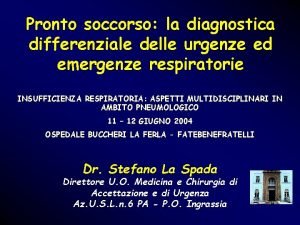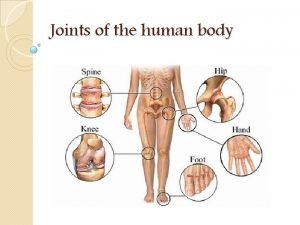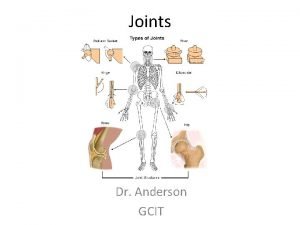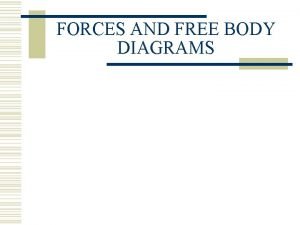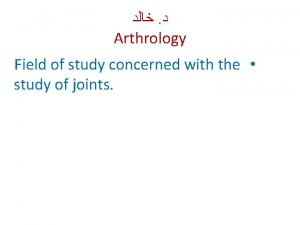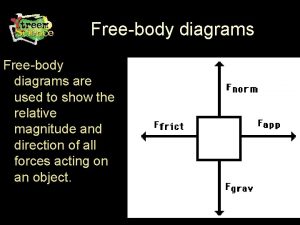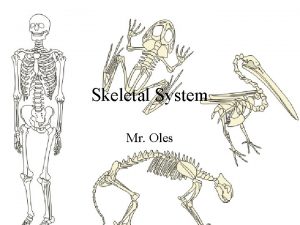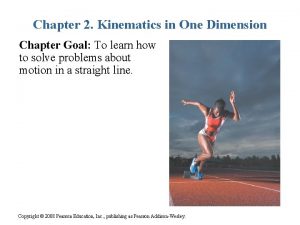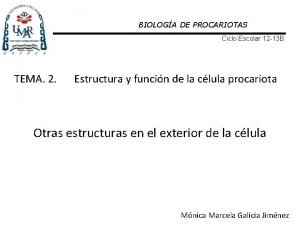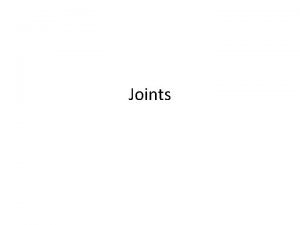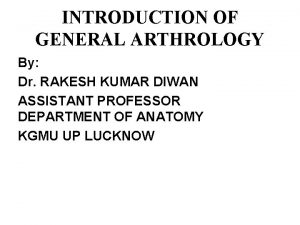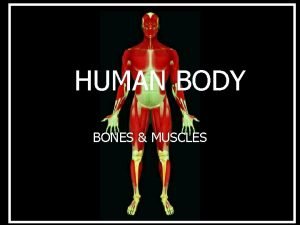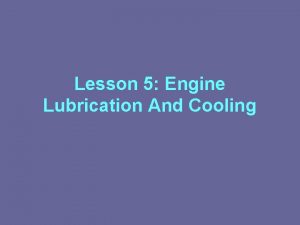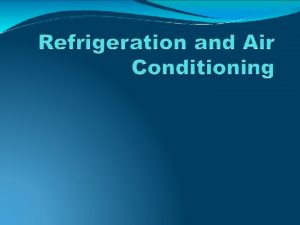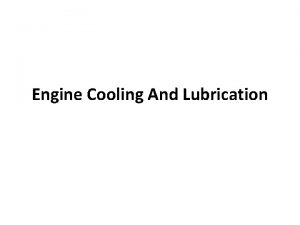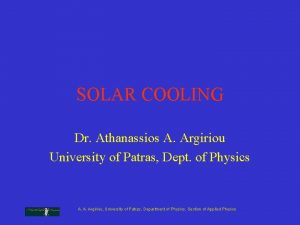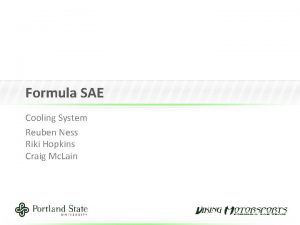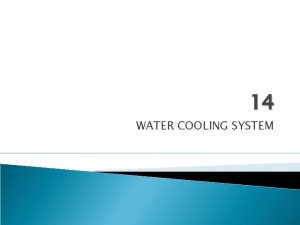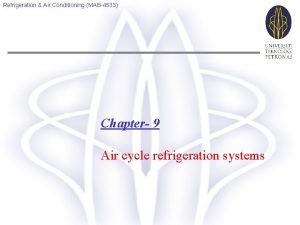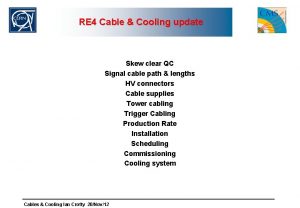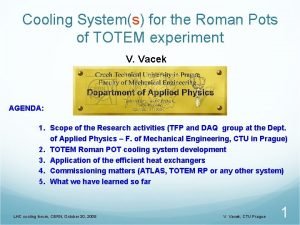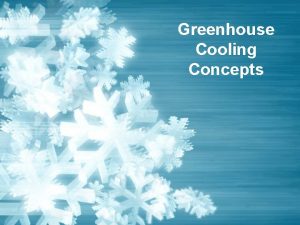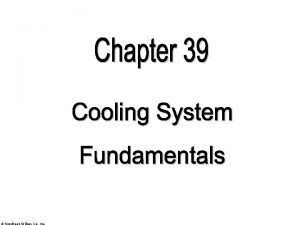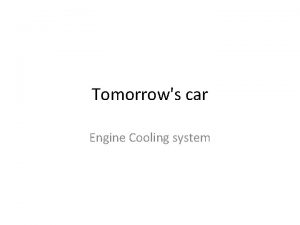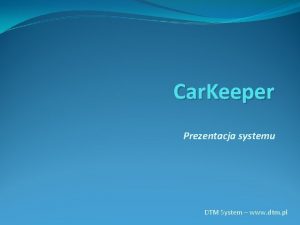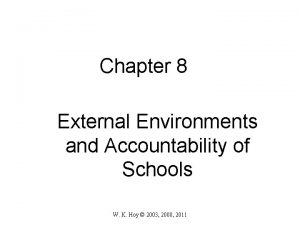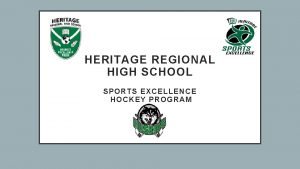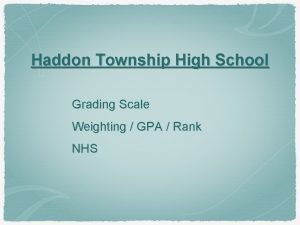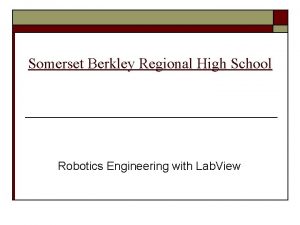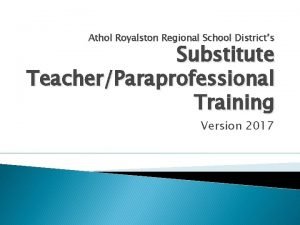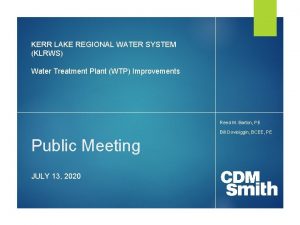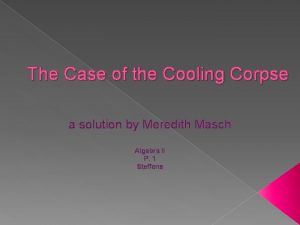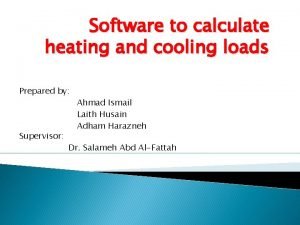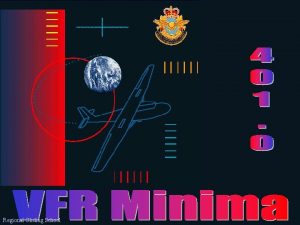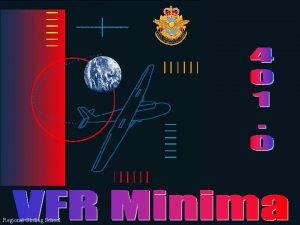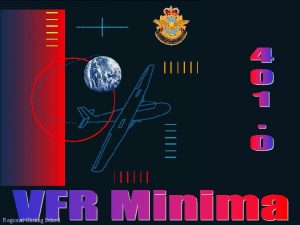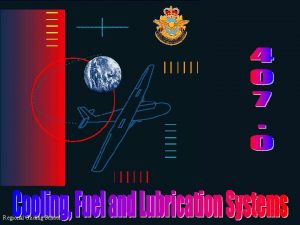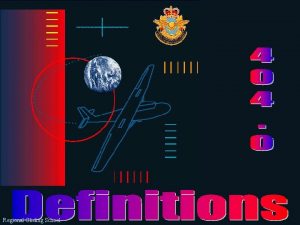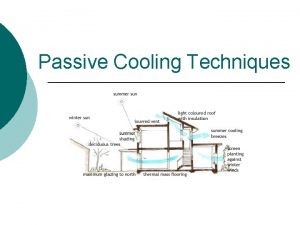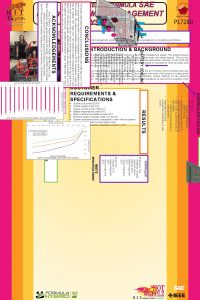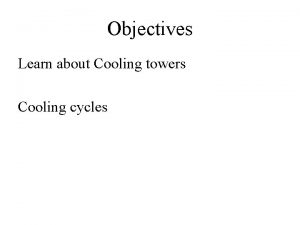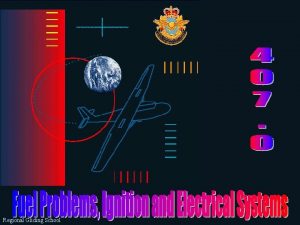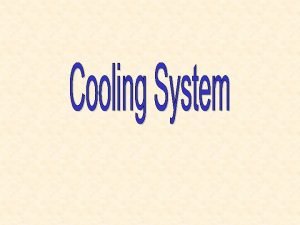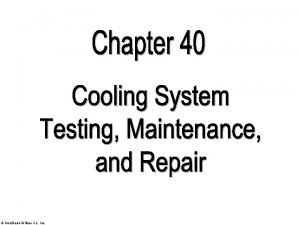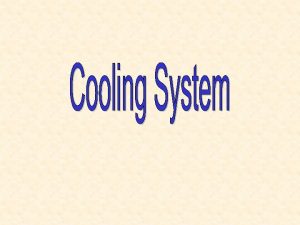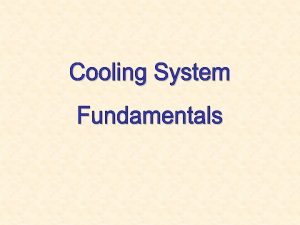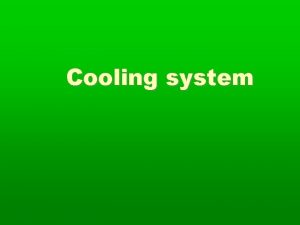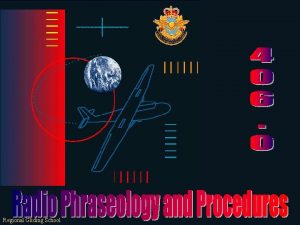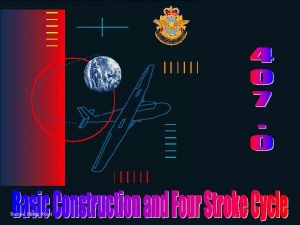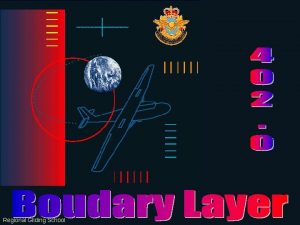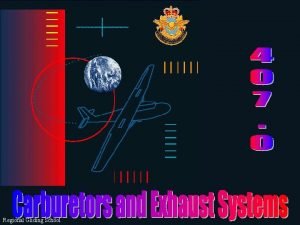Regional Gliding School Cooling System In an internal















































- Slides: 47

Regional Gliding School

Cooling System ë In an internal combustion engine, fuel is burned, resulting in the production of a tremendous amount of heat. ë This heat is distributed across the engine and absorbed by the metal. ë Without some sort of engine cooling, this heat would result in warping which would end in engine failure. Regional Gliding School

ì Some airplanes use liquid coolant. ì The most common method of dissipating engine heat is by circulating cooler air around the engine cylinders. ì Horizontally opposed and radial engines are air-cooled. ì Some in-line engines are air-cooled; a few are liquid cooled. Regional Gliding School

Parts of an air Cooling System Fins: – Added to the external surface of the engine cylinders to provide a greater surface area for heat to be absorbed, – Ram air enters the engine cowls and cools the fins as it passes by, and – Openings in the rear of the cowls expel this air. Regional Gliding School Fans: – Gear driven, – Mounted on the front of the engines, and – Assist the flow of cooling air at higher altitudes.

Parts of an air Cooling System Augmentor Tubes: – Also known as jet pumps, – Direct exhaust gases through these tubes, and – Produces a suction strong enough to increase the flow of cooling air past the cylinders. Regional Gliding School Cowling Flaps: – Devices that control the size of the openings at the rear of the engine cowls, and – The baffles then force the cooling air around the cylinders.

Four Functions of Oil Cooling: • Carries away excessive heat generated by the engine. Sealing: • Provides a seal between the piston rings and cylinder walls, preventing “blow-by” loss of power and excessive oil consumption. Regional Gliding School Flushing: • Cleans and flushes engine interior of contaminants that enter or are formed during combustion. Lubrication: • Prevents wear and tear of metal parts by maintaining a film to reduce friction.

Requirements of a Good Oil ¶ Viscosity is the resistance to flow, stickiness or body: å gives proper distribution of oil throughout the engine and prevents rupturing of the oil film, å an oil with a high viscosity index is one in which the changes in viscosity, due to varying operating temperatures, are small, å use of an oil of too high viscosity will cause high oil pressure, and å use of an oil of too low viscosity will cause low oil pressure. Regional Gliding School

Requirements of a Good Oil · High flash point: å temperature beyond which a fluid will ignite, and å should be in excess of the highest engine temperature. ¸ Low carbon content: å to leave as little carbon as possible should oil work past the scraper ring and burn, å good oil should also have a low wax content, and å oils which have good resistance to deteriorate and the formation of lacquer and carbon deposits are said to have good oxidation stability. Regional Gliding School

Requirements of a Good Oil ¹ Low pour point: å the temperature at which a fluid solidifies, and å necessary for cold weather starting. Regional Gliding School

Methods of Lubrication ¬ Force feed by dry sump: í oil is contained in a separate tank, í forced under pressure from a pressure pump through the hollow crankshaft to lubricate the engine, í a by-pass around the filter is incorporated to prevent damage in case of failure to clean the filter, and í gauge to monitor oil pressure. Regional Gliding School

Methods of Lubrication Force feed by wet sump: í oil supply is contained in a sump or pan under the crankcase, í oil passes through a filter into a suction type of pressure pump, í pressure pump is engine driven, and í advantage: light weight and simple, being free of extra tank, tubing and linkages characteristic of dry sump system, í but limited by the size and design of the nacelle or cowling. Regional Gliding School

Confirmation Stage NOTE: You must use the buttons in the Confirmation Stage

Aero Engines Cooling, Fuel and Lubrication Systems Let's try a few review questions on Aero Engines: Question #1 - Regional Gliding School What is NOT a requirement of good oil? A Viscosity B High Carbon Content C Low Pour Point D High Flash Point

Flying Scholarship Program I’m afraid that answer is incorrect Let's try again. . . Regional Gliding School

Flying Scholarship Program I’m afraid that answer is incorrect Let's try again. . . Regional Gliding School

Flying Scholarship Program I’m afraid that answer is incorrect Let's try again. . . Regional Gliding School

Flying Scholarship Program That answer is correct. Let's move on. . . Regional Gliding School

Aero Engines Cooling, Fuel and Lubrication Systems Let's try a few review questions on Aero Engines: Question #2 - Regional Gliding School Name a method of lubrication. A Cooling B Flushing C Force Feed D Sealing

Flying Scholarship Program I’m afraid that answer is incorrect Let's try again. . . Regional Gliding School

Flying Scholarship Program I’m afraid that answer is incorrect Let's try again. . . Regional Gliding School

Flying Scholarship Program I’m afraid that answer is incorrect Let's try again. . . Regional Gliding School

Flying Scholarship Program That answer is correct. Let's move on. . . Regional Gliding School

Fuel System Û Stores and delivers the proper amounts of fuel at the right pressure to meet the demands of the engine. Û Usually several tanks to store the quantity of fuel required to give the airplane reasonable range. Û Tanks usually located in the wings, although extra tanks may be added. Û Pilot can switch between tanks by way of selector valve. Regional Gliding School

Gravity Feed Fuel System K Simplest design. K Used on many high wing, low powered airplanes. K Fuel tanks mounted in the wings above the carburetor. K Uses gravity draw fuel from tanks, past fuel selector valve to the carburetor. Regional Gliding School

Gravity Feed Fuel System K A drain allows for the removal of water and sediment trapped at the strainer. K A primer sprays raw fuel into the intake manifold system or directly into the cylinders to aid engine starting, particularly in cold weather. Regional Gliding School

Fuel Pump Fuel System û Engine driven fuel pump supplies the pressure that keeps the fuel flowing to the engine. û Used in all low wing airplanes and in any airplane with a higher performance engine. Regional Gliding School

Fuel Pump Fuel System û Incorporates a basic pump, auxiliary electric pumps or booster pumps that serve in emergency in case the engine driven pump fails. û Fuel pressure gauge give visual indication that fuel system is working. Regional Gliding School

Other Components of the Fuel System Fuel tanks: ß vary in size, shape and location, ß construction material is light and chemically inert to fuel, ß have a drain at the bottom and have internal baffles to prevent spilling during sudden changes in attitude, and ß the tops of the tank are vented to maintain atmospheric pressure inside the tank. Regional Gliding School

Other Components of the Fuel System Fuel Selector Control: ß this device permits the pilot to select from which tank he/she wants to draw fuel Fuel Lines and Filters: ß connect the fuel tanks to the carburetor, ß made of varying materials, and ß one or several filters present prior to reaching the carburetor. Regional Gliding School

Fuels * Fuels for modern high compression engines must burn slowly and expand evenly rather than explode quickly. * The fuels that possess this quality are known as high octane fuels. Regional Gliding School

Fuels Octane Rating: * Octane: * a substance which possesses minimum detonating qualities. * Heptane: * a substance which possesses maximum detonating qualities. * The proportion of octane to heptane in a fuel is expressed as a percentage. Regional Gliding School

Fuel Grades G Usually indicated by two numbers. G The first number indicates the octane rating at lean mixture conditions and the second at rich mixture conditions. G Grade 80/87: octane rating of 80 at lean mixture conditions and 87 at rich mixture conditions. Regional Gliding School

Fuel Grades G Octane numbers only go to 100. G Those above are called Performance Numbers and represent 100% octane with additional additives to slow the burning even more. Regional Gliding School

Applications of Various Fuel Grades G Low Power Output: IGrade 80 (or 80/87); Red G Medium Power Output: I 100 (High Lead); Green G Medium Power Output: I 100 LL (Low Lead); Blue G Jet Fuel: IKerosene; Clear or straw Regional Gliding School

Additional Notes N If the proper grade of fuel is not available, always use the next (higher) grade, never the lower one. N The pilot is responsible to see that the proper fuel is used and this can be found in the airplane flight manual. Regional Gliding School

Confirmation Stage NOTE: You must use the buttons in the Confirmation Stage

Aero Engines Cooling, Fuel and Lubrication Systems Let's try a few review questions on Aero Engines: Question #3 - Regional Gliding School If the proper grade of fuel is not available, which grade would you use? A A higher grade B Next Higher grade C A lower grade D Next lower grade

Flying Scholarship Program I’m afraid that answer is incorrect Let's try again. . . Regional Gliding School

Flying Scholarship Program I’m afraid that answer is incorrect Let's try again. . . Regional Gliding School

Flying Scholarship Program I’m afraid that answer is incorrect Let's try again. . . Regional Gliding School

Flying Scholarship Program That answer is correct. Let's move on. . . Regional Gliding School

Aero Engines Cooling, Fuel and Lubrication Systems Let's try a few review questions on Aero Engines: Question #4 - Regional Gliding School How is cooling of the engine accomplished? A Octane cooled B Liquid cooled C Air cooled D Both B and C

Flying Scholarship Program I’m afraid that answer is incorrect Let's try again. . . Regional Gliding School

Flying Scholarship Program I’m afraid that answer is incorrect Let's try again. . . Regional Gliding School

Flying Scholarship Program I’m afraid that answer is incorrect Let's try again. . . Regional Gliding School

Flying Scholarship Program That answer is correct. Let's move on. . . Regional Gliding School

Aero Engines Cooling, Fuel and Lubrication Systems Congratulations!! You have now completed the Cooling, Fuel and Lubrication Systems lesson of the Aero Engines Module. Of course, this lesson is always available to you for future reference if required. You are now ready to move along to the next Aero Engines lesson you have not completed or to any other module you wish. You can advance to the Self Test Module if you feel ready to challenge the final exam. Good Luck! Regional Gliding School
 Pef ecografia
Pef ecografia What are gliding movements
What are gliding movements Function of joints
Function of joints Gliding vowels
Gliding vowels Football free body diagram
Football free body diagram Arthrology is the study of
Arthrology is the study of Free body diagram of a bungee jumper
Free body diagram of a bungee jumper A skier is gliding along at 3m/s
A skier is gliding along at 3m/s Rasp gliding forecast
Rasp gliding forecast Gliding joints
Gliding joints A skier is gliding along at 3m/s
A skier is gliding along at 3m/s Gliding motility
Gliding motility Gliding joints
Gliding joints Intertarsal joints
Intertarsal joints Shape of hinge joint
Shape of hinge joint Gliding joint
Gliding joint Engine lubrication and cooling system
Engine lubrication and cooling system Introduction of refrigeration system
Introduction of refrigeration system Ess cooling
Ess cooling Ess cooling system
Ess cooling system Lubrication and cooling system
Lubrication and cooling system Solar cooling system
Solar cooling system Formula student cooling system
Formula student cooling system Jacket water cooling system treatment
Jacket water cooling system treatment Mshowup
Mshowup Air cycle cooling system
Air cycle cooling system It closet cooling
It closet cooling Cable cooling system
Cable cooling system Thermosyphon cooling system design
Thermosyphon cooling system design Roman cooling system
Roman cooling system Convection tube cooling in greenhouse
Convection tube cooling in greenhouse Engine cooling system
Engine cooling system Smart car cooling system
Smart car cooling system Dtm cooling system
Dtm cooling system Administering task environment
Administering task environment Heritage high school hockey
Heritage high school hockey Highest weighted gpa
Highest weighted gpa Warren hills regional middle school
Warren hills regional middle school Somerset berkley regional high school
Somerset berkley regional high school Freehold regional school district employment
Freehold regional school district employment Athol-royalston regional school district
Athol-royalston regional school district Northern burlington county regional school district
Northern burlington county regional school district Internal control introduction
Internal control introduction Vouching in auditing
Vouching in auditing Kerr lake regional water system
Kerr lake regional water system Who killed dr dedman
Who killed dr dedman Stock market vocabulary worksheet
Stock market vocabulary worksheet Cooling load calculation software
Cooling load calculation software
